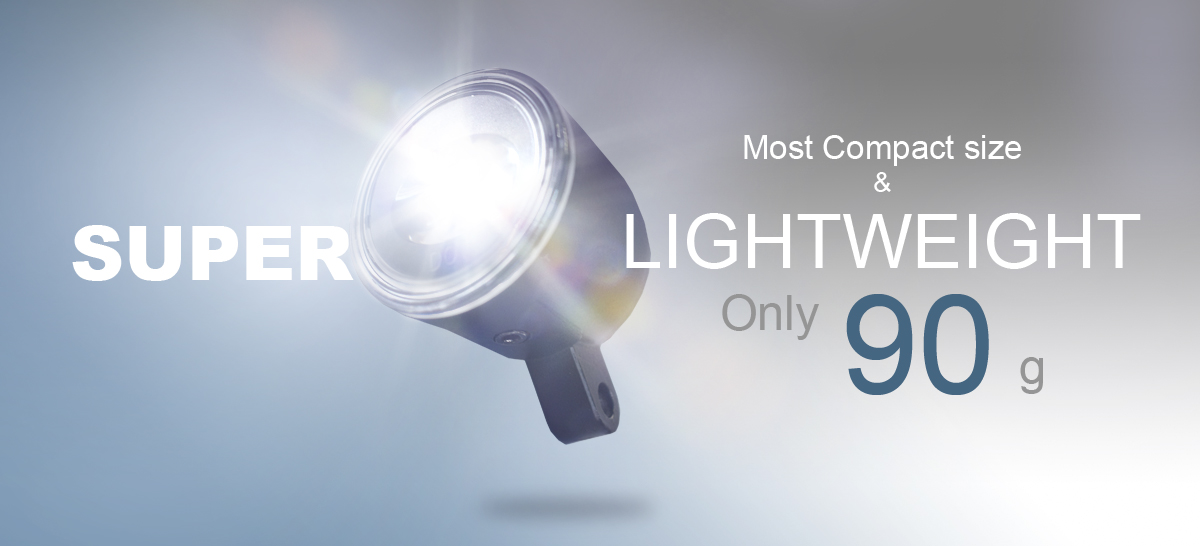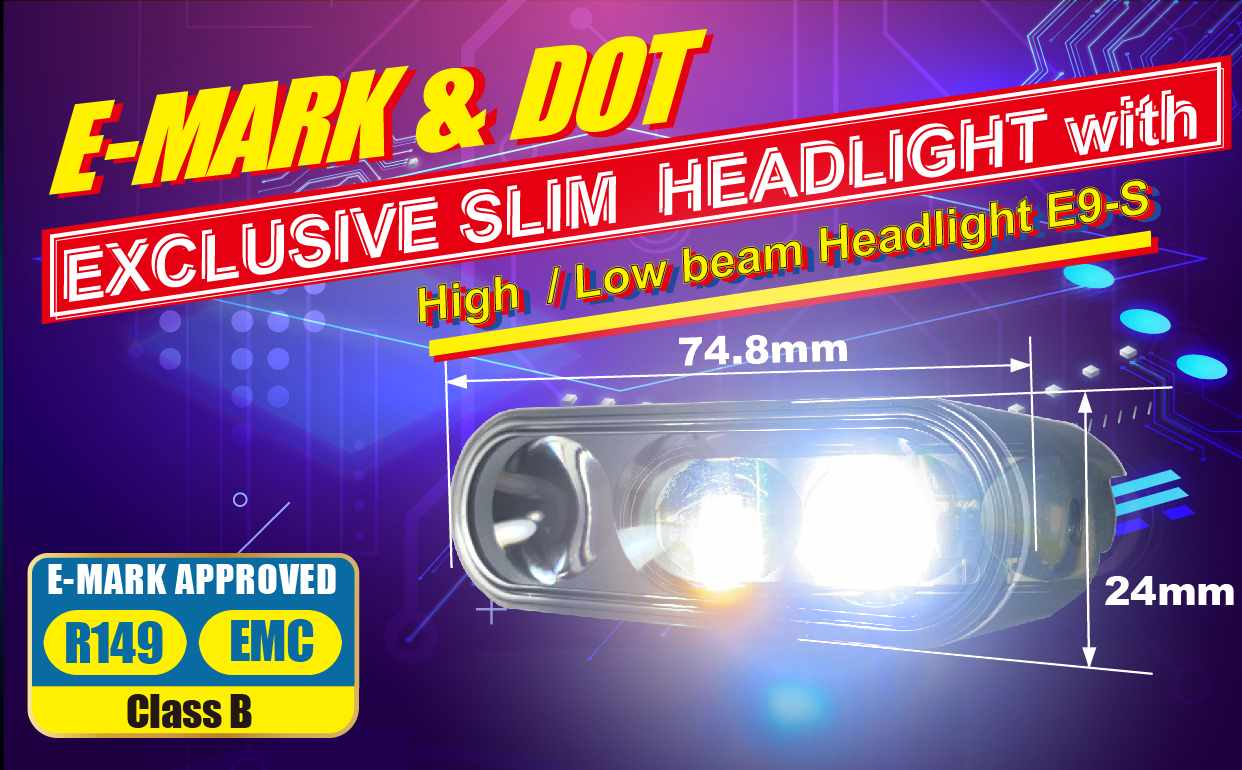High Speed Electric Scooter Rising (Looking Ahead)
As the world shifts towards sustainable transportation, micro-mobility options like e-bike and high speed electric scooter are gaining prominence, especially in urban environments.
While electric vehicles (EVs) lead the charge in revolutionizing personal transportation, micro-mobility vehicles are experiencing rapid growth due to their convenience and efficiency for short trips.
Key Risk Factors in Micro-Mobility
Several risk factors affect the safety of micro-mobility users
Visibility: Limited visibility is a major concern, especially at night or in low-light conditions. Inadequate lighting on high speed electric scooters increases the risk of accidents involving both riders and pedestrians.
Rider Experience: Inexperienced riders often contribute to a significant number of crashes and falls. In particular, high speed electric scooters associates with higher accident rates due to their maneuverability challenges and small wheel size.
Distractions: Mobile phone use while riding is a common distraction that can compromise reaction time and increase the likelihood of accidents.
Lighting and Signaling: Effective lighting and clear auditory signaling are essential to improve visibility and communication with other road users. Most importantly, This is particularly important in preventing collisions in low-light conditions or when the rider needs to alert others.
Stability: High speed electric scooters generally have narrow foot platforms, which can affect stability. Increasing platform width can enhance rider balance and control.
The Importance of Safety in High Speed Electric Scooter
Most importantly, to ensure the success and safety of micro-mobility, it is vital to focus on both vehicle design and infrastructure improvements. The development of safety guidelines is necessary for informed decision-making and creating effective policies that protect both riders and pedestrians.
Vehicle Design and Infrastructure: Key to Rider Safety
Ensuring the safety of e-bike and high speed electric scooter riders requires thoughtful design and infrastructure. E-bikes typically come equipped with both front and rear lights, enhancing visibility under various conditions. They also have pedal and wheel reflectors that further increase rider visibility.
E-scooters, on the other hand, often lack these features. Most e-scooters come with a single headlight and lack side reflectors, limiting visibility. Additionally, without turn indicators, riders are forced to rely on hand signals, which can destabilize the scooter due to its smaller wheel size.
Recommendations
Universal Technical Standards: Governments and manufacturers should work together to set universal technical standards for high speed electric scooter design. These standards should focus on improving lighting, stability, and signaling mechanisms.
Currently electric scooters are excluded from the scope of the Machinery Directive and Regulation (EU) No 168/2013, and are regulated under the European standard EN17128.
EN17128 specifies safety requirements and test methods at both the vehicle and component levels.
MMfE believes that the EN17128 standard can serve as a regulatory basis for electric scooters in Europe, setting sufficient technical requirements for their safety and structural integrity.
However, its applicability across Europe varies by member state. Since EN17128 is not tied to specific European legislation, member states can deviate from the standard and implement their own frameworks at the national level, as is the case in countries like the Netherlands, Spain, Germany, and Ireland.
MMfE’s primary task in redefining European electric scooter legislation is to ensure the adoption of a harmonized approach across Europe.
Ref: https://micromobilityforeurope.eu/technical-requirements-for-e-scooters/
Enhanced High Speed Electric ScooterLighting:
In conclusion, High Speed Electric Scooter should be equipped with turn indicators (turn signal lights) to minimize the need for hand signals, which can destabilize riders.
Special E-Moped should be equipped with lights as below list:
1. one or two lamps on the front side of the vehicle;
2. one or two rear position;
3. one or two brake lights;
4. two direction indicator lamps on the front side;
5. two direction indicators at the rear of the vehicle.
Report found on:
https://www.itf-oecd.org/sites/default/files/docs/safer-micromobility.pdf
“E-MARK, Super Mini Turn Signal Light, Legal on Road”
Kindly feel free to let us know if you have any opinion ([email protected]), welcome to contact us. We will be happy to hear various technical opinions! See you around!




